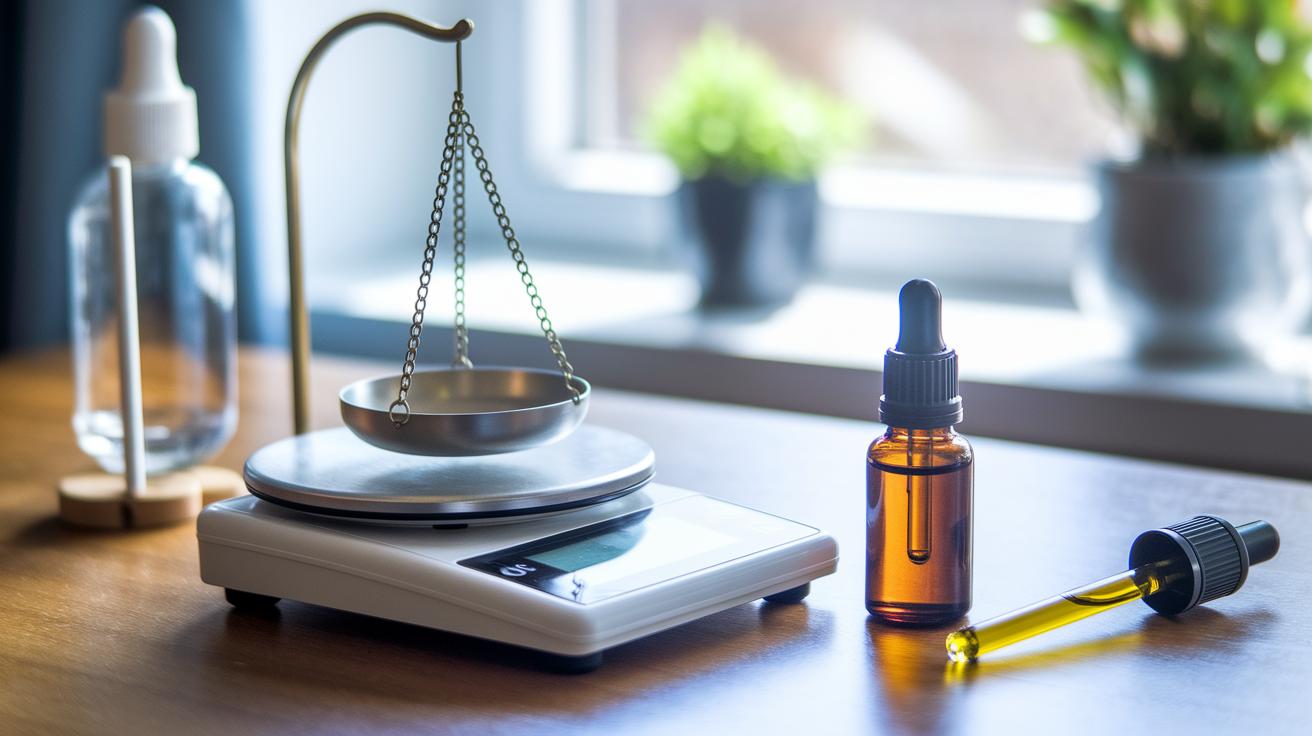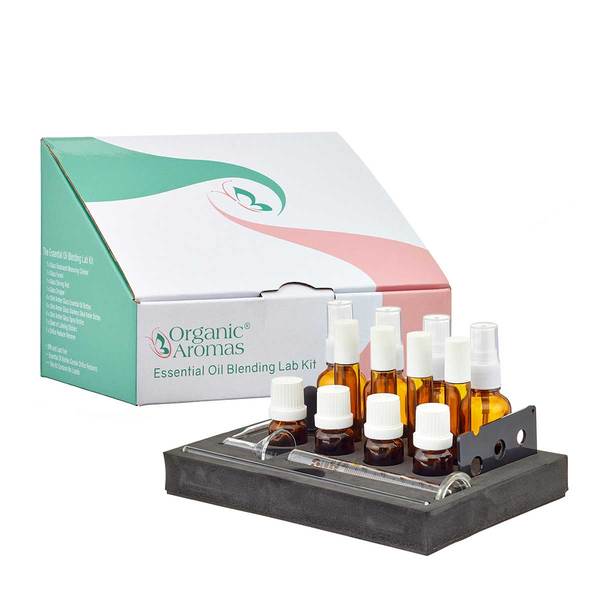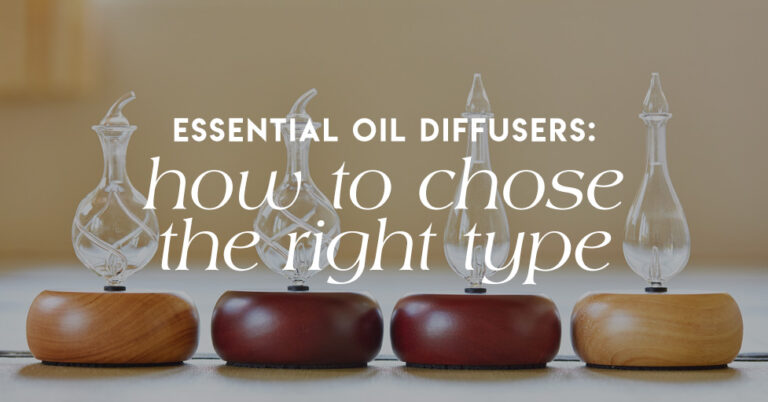6 Steps to Master Safe Essential Oil Dilution for Skin, Sleep, and Immunity
A new guide on essential oil dilution underscores the importance of mixing concentrated extracts with neutral carrier oils before skin application. By taking this precaution, users minimize the risk of irritation and extend the life of each aromatic drop. Clear guidelines can help both newcomers and experienced enthusiasts blend safely and economically.
What does Essential Oil Dilution mean? When an essential oil is added to a stable, skin-safe base oil, the mixture remains gentle on the body and allows for deeper penetration into the skin’s layers. This method prevents unwanted reactions and makes every drop more cost-efficient, so a single bottle lasts through multiple uses.
Why Essential Oil Dilution Is Important?
Because essential oils carry the concentrated essence of large amounts of plant material, a single drop can be far more potent than herbal extracts or infusions. Applying them without a diluting agent, a practice known as “neat application,” may trigger chemical burns, cosmetic dermatitis or long-term sensitization. Citrus extracts, in particular, can cause severe photosensitivity when the skin meets sunlight after application.
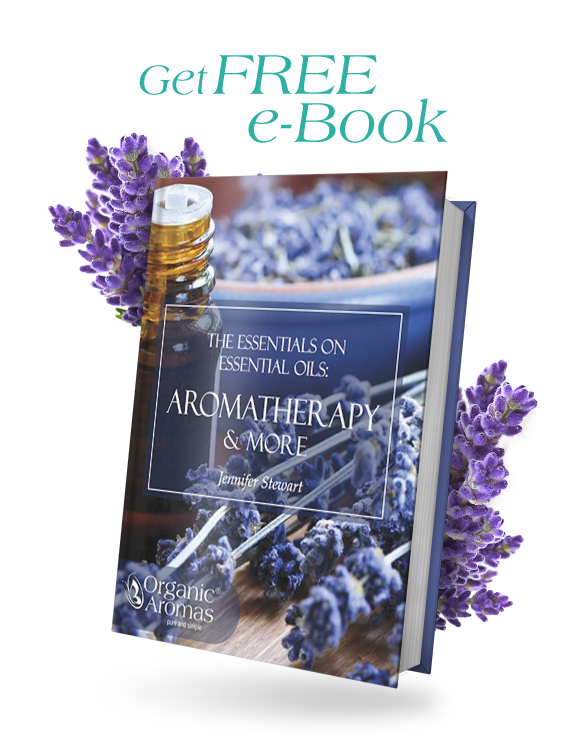
Sign Up to Get Your FREE
e-Book Here…
Choosing your essential oil dilution rate hinges on the intended purpose.
Facial serums:
→ A low concentration- usually under 1%– helps avoid clogged pores or irritation.
Muscle-relief massage oils:
→ Can handle up to 5%, depending on skin sensitivity and the type of extract used.
Calming roll-on blends:
→ Frequently fall in the 1% to 3% range.
Each application method calls for its own ratio of essential oil to carrier oil to deliver safe, effective results.
Dilution calculators and measurement guides are available to accurately calculate the number of essential oil drops required for a specific volume and concentration. Users can match their chosen ratio to the total milliliters of carrier oil for precise blending, avoiding guesswork and keeping results consistent.
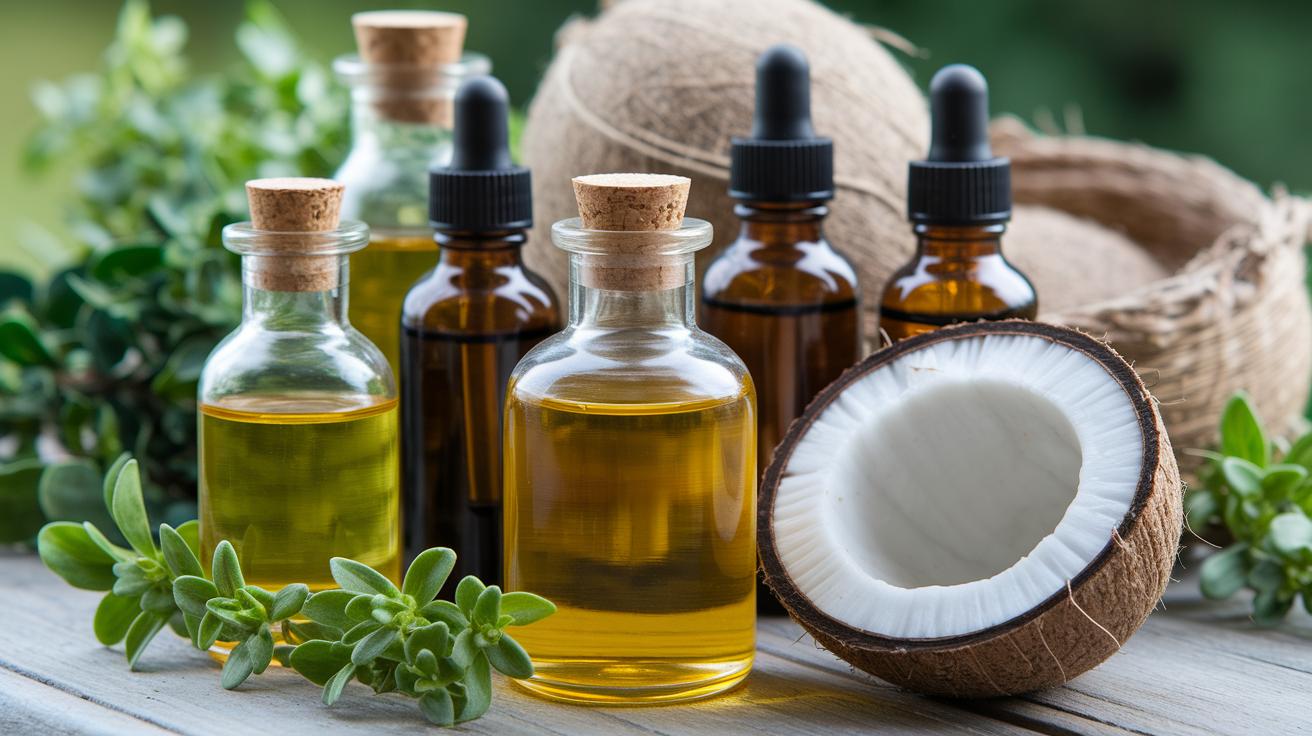
Essential Oil Dilution Guide for DIY Blends
Whether you’re making your own roll-on blends, massage oils, or facial serums, understanding proper dilution is key to both safety and effectiveness.
Roll-On Blends (10ml Bottles)
- 1% dilution – for daily maintenance (3 drops)
- 3% dilution – for short-term symptom relief (9 drops)
Example: A tension-headache roll-on might blend peppermint + lavender at a 2% ratio.
Body Oils
- Common dilution range: 2% to 4% Nourishes the skin and provides aromatic benefits.
Facial Serums
- Rarely exceed 1.5% dilution Because facial skin is delicate, lower concentrations are ideal.
Higher Potency (Short-Term Use Only)
- Up to 5% can be used briefly for acute discomfort or seasonal support Example: A muscle-soothing blend might use wintergreen + marjoram at around 4%.
Tools for Precision
- Use a glass dropper or calibrated pipette to ensure each drop is consistent
- This helps maintain accurate dilution rates in every batch.
Quick Reference: How Many Drops?
| Essential Oil Drops (in 10ml carrier) | Approximate Dilution |
|---|---|
| 1 drop | 0.5% |
| 2 drops | 1% |
| 4 drops | 2% |
| 6 drops | 3% |
| 8 drops | 4% |
| 10 drops | 5% |
Essential Oil Blending Lab Kit
Selecting a carrier oil
Choice of base depends on skin type, delivery method and desired texture. Common options include:
- Jojoba oil: A liquid wax ester with a comedogenic rating of zero, it closely mimics the skin’s own sebum. Gentle enough for all skin types, it can extend the shelf life of a blend thanks to its natural stability.
- Sweet almond oil: Packed with vitamin E and essential fatty acids, it offers deep hydration for dry or sensitive skin. Its slightly heavier feel makes it well suited for body applications.
- Grapeseed oil: Known for its light, non-greasy finish, it absorbs quickly and is often chosen for massage blends or oily, acne-prone skin.
Using high-grade, cold-pressed oils preserves nutrients and supports the therapeutic qualities of essential oils.
Is neat application safe?
Absolutely not. Applying undiluted essential oils can lead to immediate discomfort or chemical burns, especially from high-phenol extracts like cinnamon bark. Photosensitivity caused by citrus oils may result in sunburn or pigmentation changes. Even widely regarded mild oils, such as lavender or tea tree, can produce redness and rash when used without a carrier. Blending keeps both potency and safety in balance.
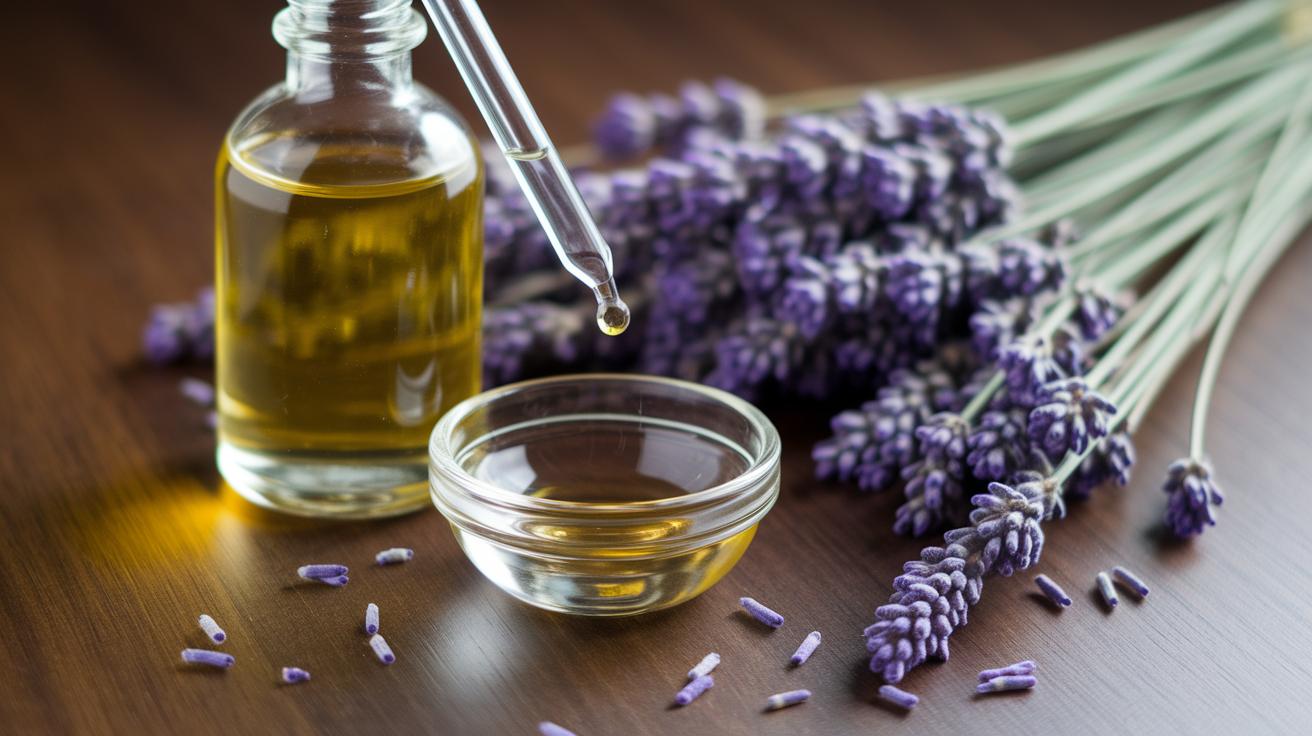
Essential Oil Dilution guidelines for special groups
Children aged two and older
- Target an essential oil dilution of 1% or lower.
- Avoid stimulating extracts like peppermint and eucalyptus entirely.
Pregnant or breastfeeding individuals
- Consult a healthcare provider before use.
- If cleared, focus on soothing oils such as lavender, frankincense, and chamomile at around 1% dilution.
Older adults
- Skin may become thinner with age, increasing absorption.
- Starting around 1% to 2% helps prevent overstimulation or irritation.
Those with sensitive or reactive skin
- Always perform a patch test.
- Begin at approximately 1% dilution with ultra-gentle oils like sandalwood, geranium, or rose.
- Pre-formulated kid-safe or hypoallergenic blends can reduce the margin for error.
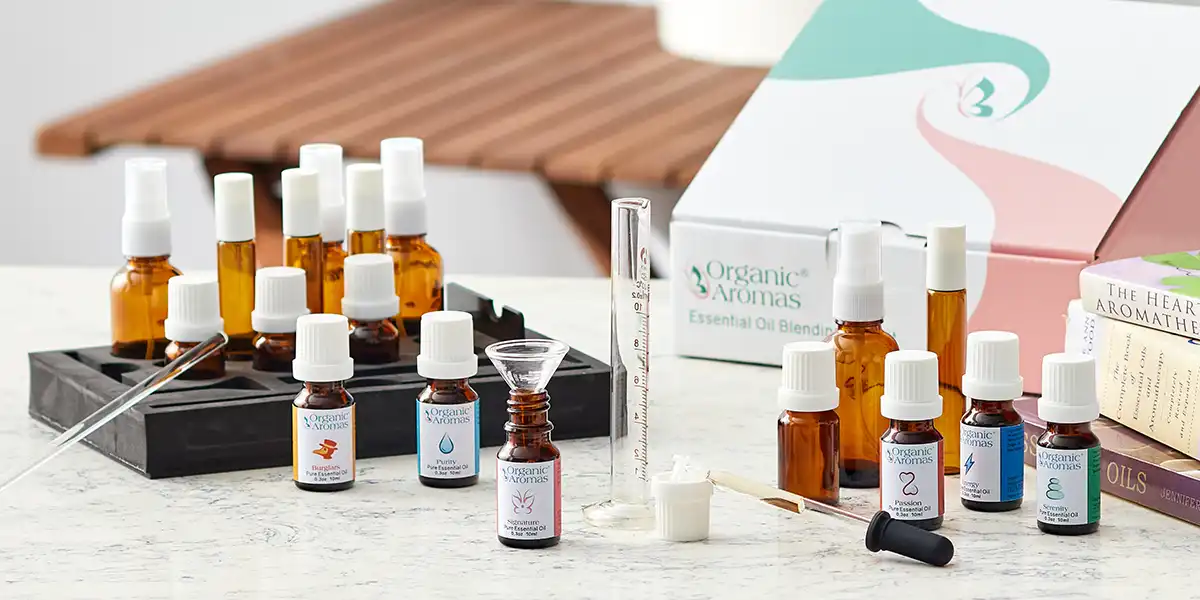
Safety Steps for Blending Essential Oils
Blending essential oils at home can be deeply rewarding, but it comes with responsibilities. A few thoughtful precautions can make the difference between a safe, effective product and a blend that causes irritation or degrades quickly. Here’s how to do it right.
Patch Testing for Skin Sensitivity
Before using any new blend, always perform a patch test. Apply a small amount of the diluted formula to the inner forearm and monitor the area for up to 24 hours. If there is no redness, itching, or discomfort, the blend is generally safe to use. This step is essential for individuals with allergies, reactive skin, or preexisting conditions.
Choose Proper Containers
Essential oils and carrier oils should always be stored in clean, airtight glass containers. Plastic can degrade over time and react with essential oils- especially citrus or resinous types- leading to contamination or reduced potency. Amber or cobalt blue bottles offer protection from UV light and oxidation.
Label Your Blends Clearly
Every bottle you create should include the following information:
- Date of preparation
- Complete list of ingredients
- Essential oil dilution percentage
- Intended use (optional, but helpful)
This not only helps with safety and shelf-life tracking, but also supports consistency for future recreations of the same formula.
Storage Conditions Matter
Heat, light, and oxygen are the enemies of stability. Store your essential oil blends in a cool, dark place such as a closed drawer, cabinet, or refrigerator. Avoid keeping them near windows, radiators, or humid bathrooms. When possible, use smaller bottles to minimize air exposure.
Keep Blends Away from Children and Pets
Even well-diluted essential oils can be hazardous if accidentally ingested or spilled. Store all aromatherapy preparations in locations that are inaccessible to children and pets. Never apply oils directly to animals unless specifically directed by a veterinarian familiar with essential oils.
Quick Reference Table: Best Practices for Safe Blending and Storage
| Category | Best Practice |
|---|---|
| Skin Sensitivity | Patch test on inner forearm; wait 24 hours |
| Container Material | Glass only; amber or cobalt blue recommended |
| Labeling Requirements | Date, ingredients, dilution %, optional purpose |
| Storage Location | Cool, dark, dry place; avoid heat and light |
| Shelf Life | Typically 3–6 months, depending on carrier oil |
| Child/Pet Safety | Store securely out of reach |

The Foundation of Responsible Aromatherapy
Safe essential oil blending begins with awareness. By following these principles- testing for sensitivity, using proper containers, labeling thoroughly, storing correctly, and preventing household accidents- you ensure that each creation supports well-being, not risk. Whether you’re crafting a personalized skincare oil, a muscle-relief blend, or an aromatic roll-on, these small steps empower you to use essential oils with confidence, care, and effectiveness.
References
- Dilution for essential oils: Tisserand Institute
- Essential Oils: Chemistry and Pharmacological Activities. PMC PMID: PMC10377445
- The Influence of Carrier Oils on the Antimicrobial Activity and Cytotoxicity of Essential Oils. PMC PMID: PMC6348851

